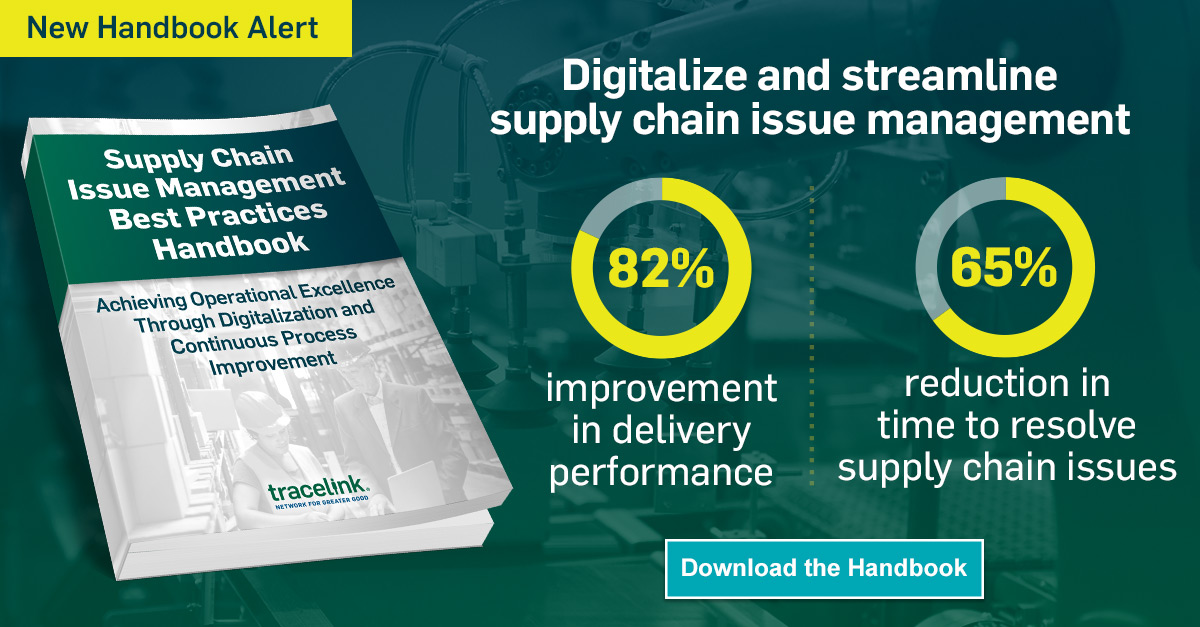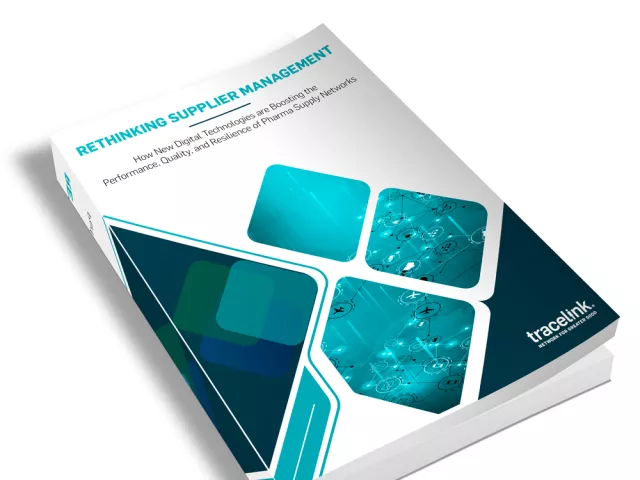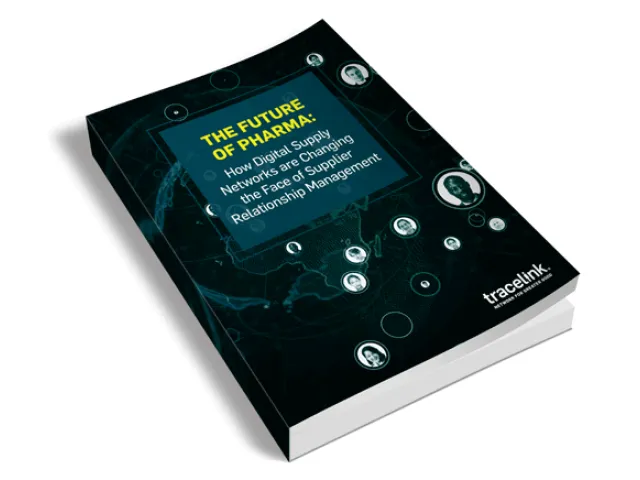Table of contents
Key Takeaways
- From semiconductor chips and large capacity lithium batteries to rare earth minerals and active pharmaceutical ingredients, manufacturing companies across industries are facing shortages that threaten their ability to produce and deliver products on time and in full.
- Clear communication, close collaboration, and building a foundation of trust with suppliers is critical during these challenging times.
This special guest blog was written by the experts at Azul Partners, a leading consulting and analyst firm that specializes in procurement and supply chain management.
General Motors and Ford each anticipate that the [global semiconductor shortage] will reduce operating profit by well over $1 billion, and the chip shortage is expected to cost the global automotive industry upwards of $100 billion in revenue in 2021.
Supply chains and procurement do not often make world headlines. Yet during the COVID-19 pandemic and now, they’ve come to the forefront and are gaining global recognition due to their work’s importance to our daily lives. And chaos reigns: securing raw materials, protecting supply lines, and knowing what to do across internal/external teams when a crisis does arise remains a significant challenge.
This has been a forced wake-up call for procurement teams who are under the microscope regarding teams, processes, and systems and shifting focus to the actions that will strengthen supply lines. One area that’s easier to address than you may think? How you communicate—not just internally across stakeholders, but especially with suppliers and supply chain partners.
Many organizations have a formal “supplier relationship management” function, but it so often focuses on them vs. a fully collaborative supplier environment. True supplier relationship management succeeds by focusing on mutual growth and value creation based on a foundation of trust, open communication, and a win-win mindset.
High prices and high demand: real-life struggles
Take the automotive industry’s struggles in the ongoing global shortage of semiconductor chips, which have resulted in closure of plants in North America and elsewhere. General Motors and Ford each anticipate that the problem will reduce operating profit by well over $1 billion, and the chip shortage is expected to cost the global automotive industry upwards of $100 billion in revenue in 2021.
Price hikes go hand-in-hand with restricted supplies. Steel transaction values are at levels not seen before: the global averages for strip mill products moved to record highs in May. Prices have been driven by a shortage of material and strong demand. Both end consumers and distributors have been struggling to source the required volumes. Prices are expected to move up again, and severe supply disruptions are expected due to a lack of material.
With these and other shortages of commodities and raw materials, imagine how suppliers will treat someone they have a clear communication channel and ongoing positive relationship with vs. a company that reaches out only when there’s a problem or it’s time to renegotiate a contract.
Many (if not most) companies still manage the actual supplier relationship—even if they have source-to-pay, procure-to-pay, sourcing, or other technologies available to them—via email, phone calls, and spreadsheets. This results in fragmented information, inefficient management of business processes, and low visibility of supply performance and potential disruptions. This in turn leads to reduced supply chain agility, more risk, delivery problems, higher costs, and procurement throwing their hands in the air when another disruption arises.
It’s always going to be hard to protect supply during a time of supply shocks and bullwhips. But the right kind of supplier relationship management can bring about huge benefits through driving real collaboration between supplier and customer.
It’s never easy to overhaul processes and deal with all of the inherent change management that goes with it. But imagine if team members from your company, your suppliers, and anyone else who needs to be involved all had ONE central place where they could collaborate on incident management, change requests, and other processes—where the rubber hits the road in the actual relationship.
All channels of communication in one place? Yes please
TraceLink Agile Process Teams for Supply Chain Information Management (APT-SCIM) digitally integrates work across the supply chain to ensure that you’re always a customer of choice—and that there’s an immediate, clear action plan when the unexpected inevitably happens.
“Digitalization improves visibility, agility, and joint decision making with suppliers," John Bermudez, Vice President of Product Marketing at TraceLink, said in a recent interview with Spend Matters. "With digital processes such as those supported by TraceLink APT-SCIM, both parties have visibility to ongoing processes like change requests, incident follow-up, and exchange of updated standard operating procedures.”
It’s always going to be hard to protect supply during a time of supply shocks and bullwhips. But the right kind of supplier relationship management can bring about huge benefits through driving real collaboration between supplier and customer. Digitalization may not be the whole answer. But digitizing procurement operations can help speed up processes and enable closer working and stronger working relationships.
What’s a procurement team to do?
Jason Busch, Spend Matters’ Founder, suggested the following steps to adopt a “win-win” mindset in interactions with suppliers:
1. Consider the importance of your actual supplier relationship when it comes to outcomes and value. (Think beyond sourcing/negotiations and transactional purchasing). How can you improve the relationship itself? How can you be a customer of choice?
2. Automate collaboration to improve the relationship—and for all parties to work together to overcome adversity when inevitable incidents occur
3. Put technology in place to manage incidents and crises. Do not simply focus on using technology preemptively for risk management before incidents occur. (Both approaches matter, however!)
4. Communicate proactively (and constantly) in times of crisis—supply shortages, shipment delays, quality issues, etc.
5. Never forget that suppliers are not just entities. It is people that you must communicate and work with who represent the supplier and their capabilities that deliver value to your organization. Win their hearts and minds, and you will be first in line when things do not go as planned.
Download our new handbook for more information on supply chain issue management.








